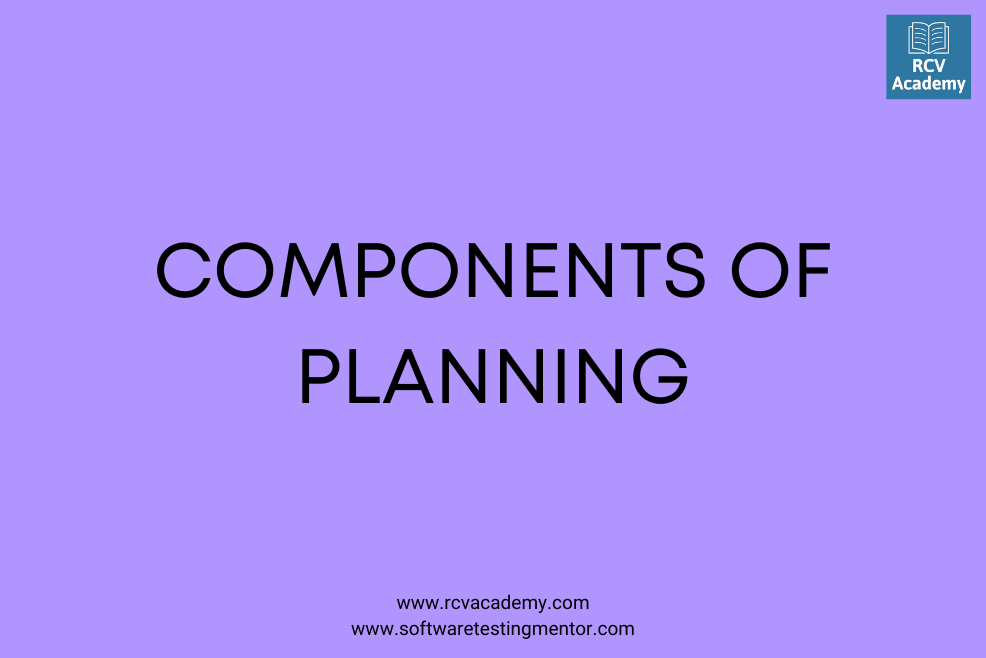In this tutorial, we will learn about the components of planning, which is a process that should be broken down into three separate, equally important parts: strategic thinking, long-range planning, and operational planning.
Planning is one of the most critical aspects of management. A perfect plan can increase profits to their optimum levels. When it comes to making plans, one must keep several things in mind. These include the components of planning.
The entire process of planning consists of many aspects. These include missions, objectives, policies, procedures, programs, budgets, and strategies.
Purposes:
It is a definitive statement of the goals of the organization that it has to achieve. It shows the way the management works towards the achievement of goals. The protective purpose of planning is to minimize risk by reducing the uncertainties surrounding business conditions and clarifying the consequences of related management actions. The affirmative purpose is to increase the degree of organizational success.
Objectives:
They are the results of every process undertaken in an organization and should be balanced appropriately. Targets can be individualistic or collective, short term or long term, tangible or intangible.
Policies:
These help the managers during the decision-making process. Policies define the course of action that should be undertaken to determine present and future decisions. These are guides to thinking in decision making. They reflect and interpret objectives and guide decisions to achieve the goals. They establish a framework for planning programs.
Budgets:
They are a statement of expected revenue or losses of the organization. They create to control the financial activities of the enterprises. It is creating a plan to spend your money. This spending plan is called a budget. Creating this spending plan allows you to determine whether you will have enough money to do the things you need to do or would like to do. They earn and slowly sink deeper into debt every year.
Programs:
These include a brief discussion of work to be carried out in a proper sequence to achieve the goals. A program is a complex structure of procedures, policies, methods, and rules, budgets, and other assignments. Budgets support these.
For example, a business may have a diversification program. Consequently, it will make budgets and policies accordingly for this purpose. Planners and managers can implement programs like these at various levels.
Strategy:
It is interpretative planning and very popular in the military since. It means deciding upon the enterprise’s goals and then carrying out a plan to achieve these goals. Strategic planning is an organizational management activity that use to set priorities, focus energy and resources, strengthen operations, ensure that employees and other stakeholders are working toward common goals, establish agreement around intended outcomes/results, and assess and adjust the organizations.
A strategy in simple words refers to minute plans of action that aim to achieve specific requirements. Proper implementation of approach leads to the achievement of the essential goals. The nature of an organization’s values and missions will determine how it will strategize.
